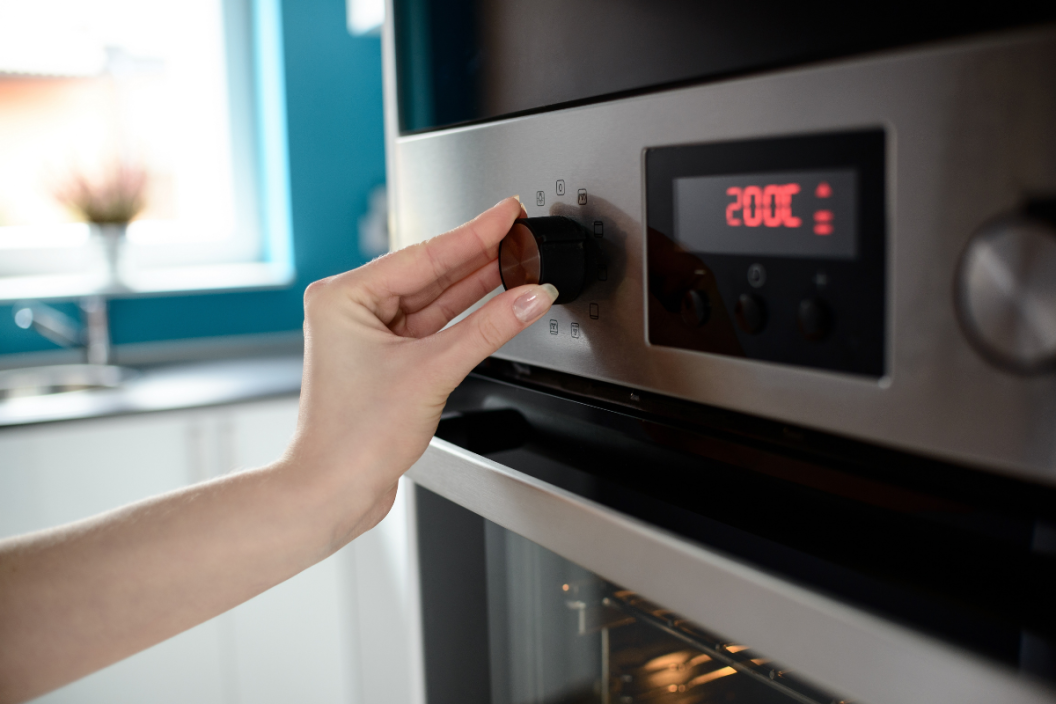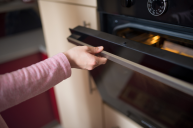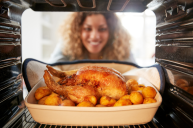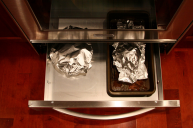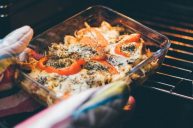They say you must always preheat your oven before putting something in there. It's almost iconic to read "preheat oven to..." when you pull up an American recipe. But what's the big deal in getting it to the desired temperature? You had to have had an instance in which you put in food before it was fully preheated, and it turned out just fine. Then why do recipes almost fool people? Let's find out.
When using an electric oven, every single recipe calls for a preheated oven. Usually it's not a thing to cry about because while that's going on, you have time to prep everything else. (Although, it's a pain if you happen to have a type of oven that multiplies the amount of time it takes to preheat.) Regardless, it's always a given that you need to add extra time to your baking time.
Does preheating the oven really matter?
For the most part, yes. It's important to the process of different foods. The lower the temperature, the slower your food will bake. For certain items, this is a big "no, no." Take chicken for instance, by the time your oven temperature has reached it's full capacity and cooking time the recipe calls for, you chicken may just have dried out because it cooks so quick. Lower temperatures also don't help in the rise you need to bake things like bread, cookies and and cakes.
Then there's frozen pizza, a favorite to your oven racks. If you throw in pizza during the preheating process, it turns out pretty decent. You won't find it that crispy, but definitely edible. Lasagna too can be the food for the impatient ones. Lasagna shells (and wet foods) gradually cook so the temperature rising doesn't make a difference. Preheating your oven is mostly is set to your food preference.
How your preheat oven is all wrong.
If you've been following recipes to the T, you have been doing it all wrong. There's so many other factors you need to take into account that no recipe mentions. First, you must know your oven. Do you have an older model? Is your it a modern oven? Does your oven have different heating elements that you must choose from? Through trial and error, you will learn that your oven is not a basic oven. It has it's own personality that greatly changes how you should preheat.
Science says that your safe bet is to always go with 350 degrees. "Because ovens often fluctuate (or are incorrectly calibrated) a setting of 350° essentially ensures that the browning temperature is reached." If you go for a low temperatures, sure your food will cook thoroughly. But you are risking it drying out. For high temperatures, you are risking the interiors not cooking for a more crispier exterior.
Lastly, you should almost always check the temperature with an oven thermometer. If you aren't following the rules above, you are most likely not getting the correct temperature out of your oven. Over the time it takes your convection or gas oven to cook your food, you should be taking notes of any changes in fahrenheit. This will not only get you to the right temperature needed, but help you learn how your oven actually works for future uses.
*HOT TIP*
If you've ever read about the oven hack where you can use the broil setting to preheat the oven faster, don't do it! If your oven could talk, it would quickly tell you are being fooled. The broil setting only heats the top of your oven, so the actual temperature of the oven is all over the place. Since most items must be cooked all the way around, your "preheated" oven won't have a consistent temperature for your baking needs.
